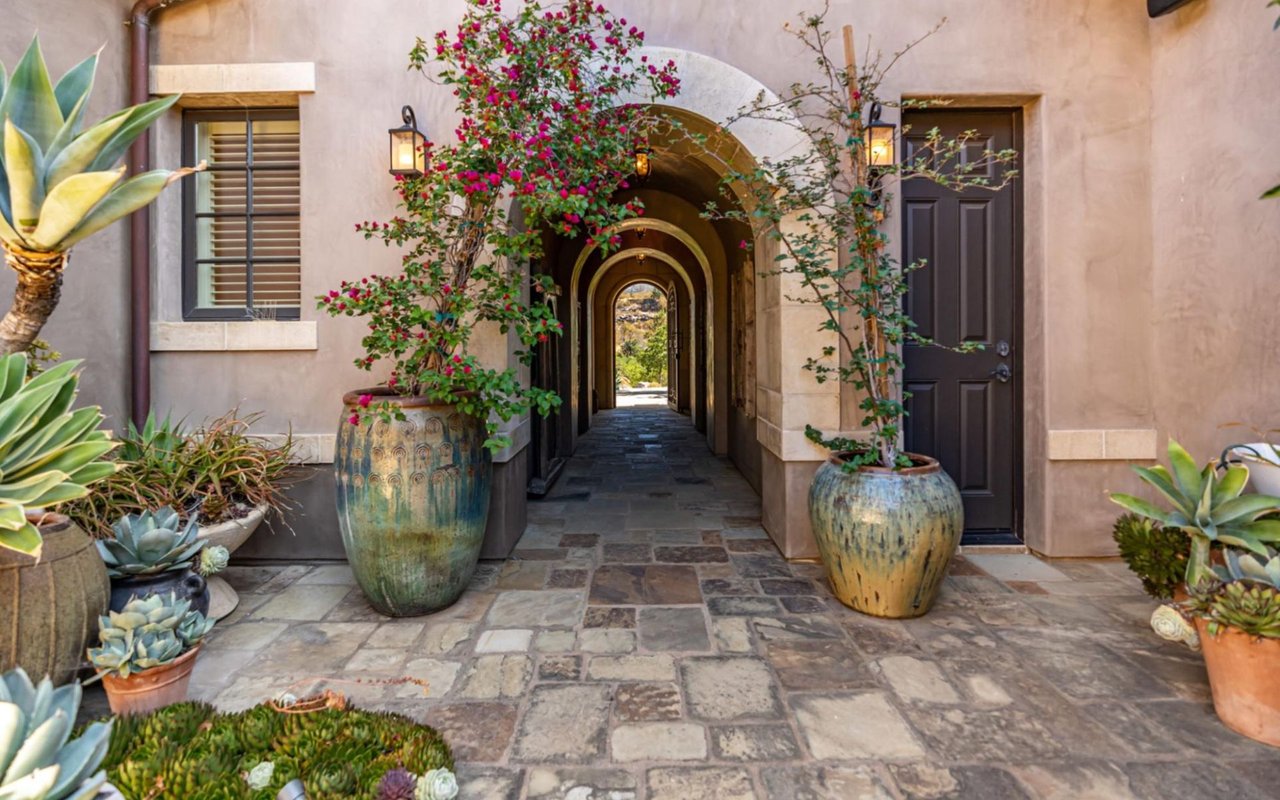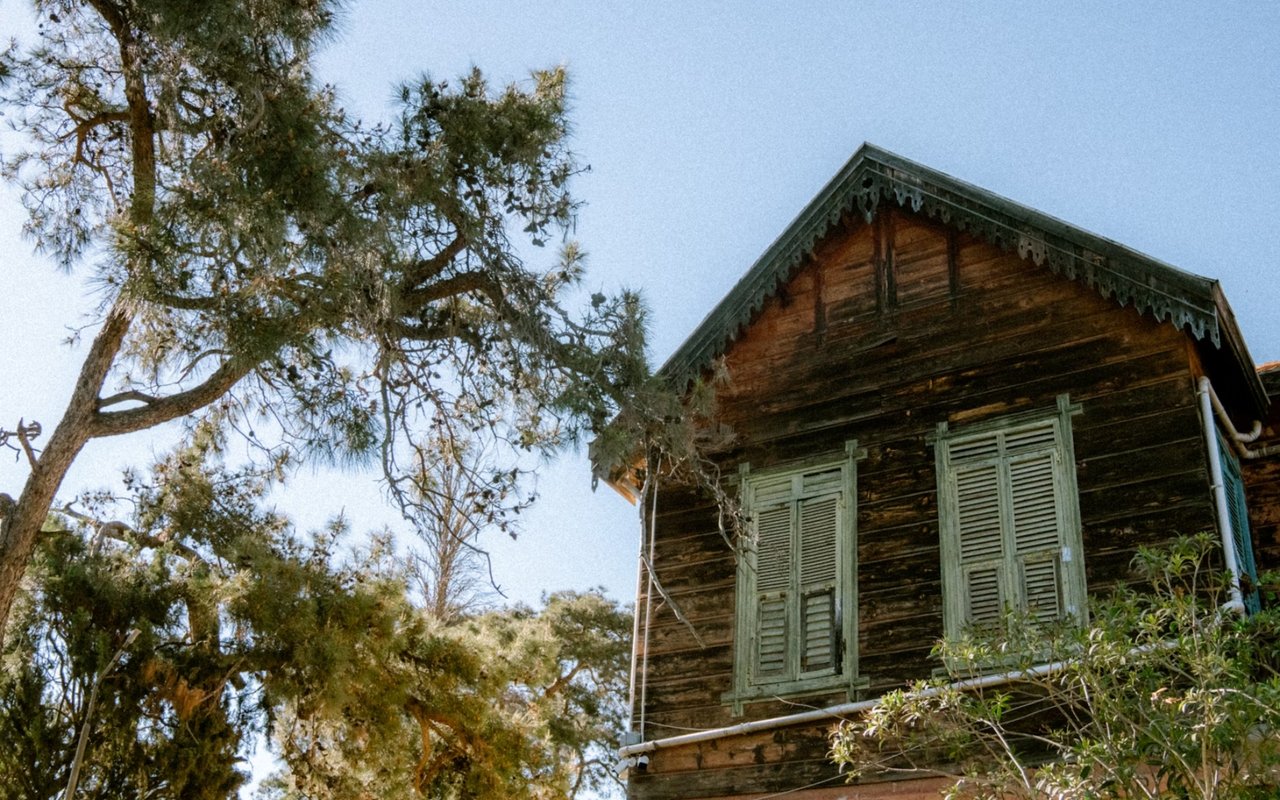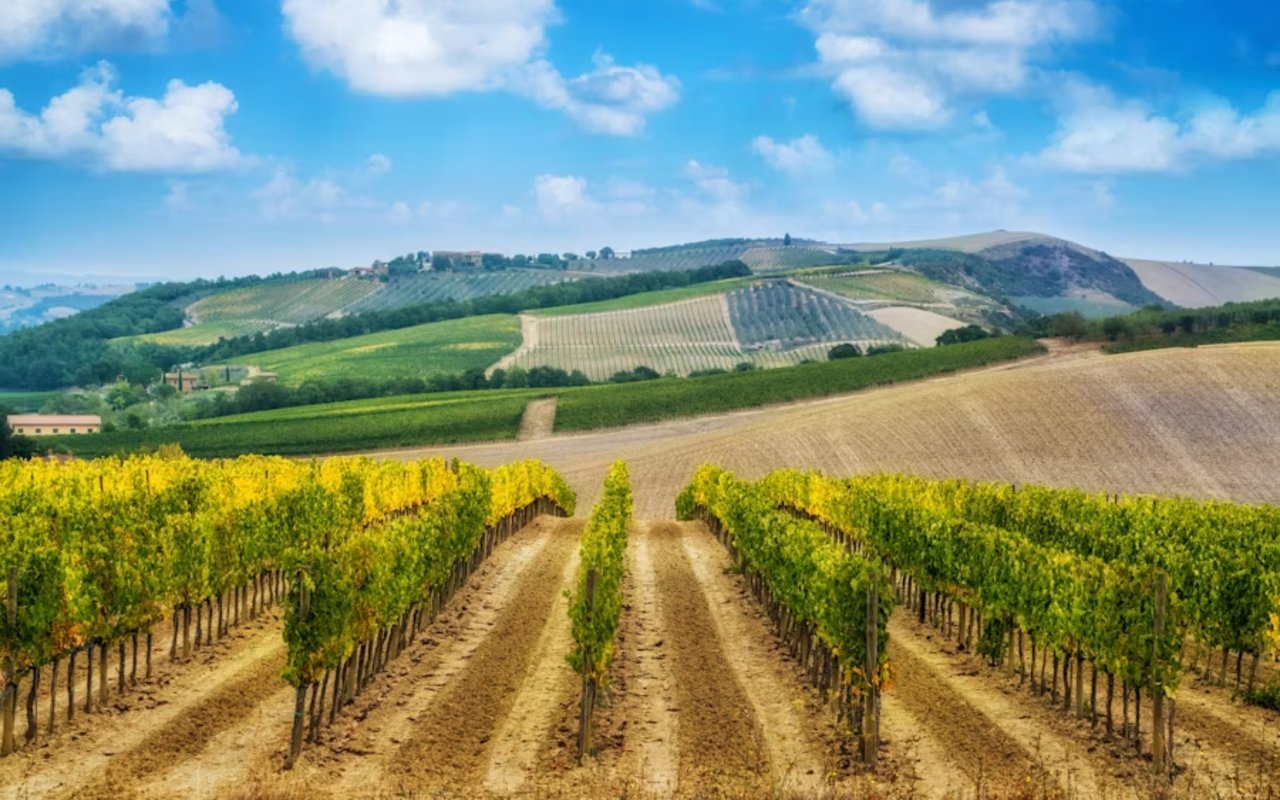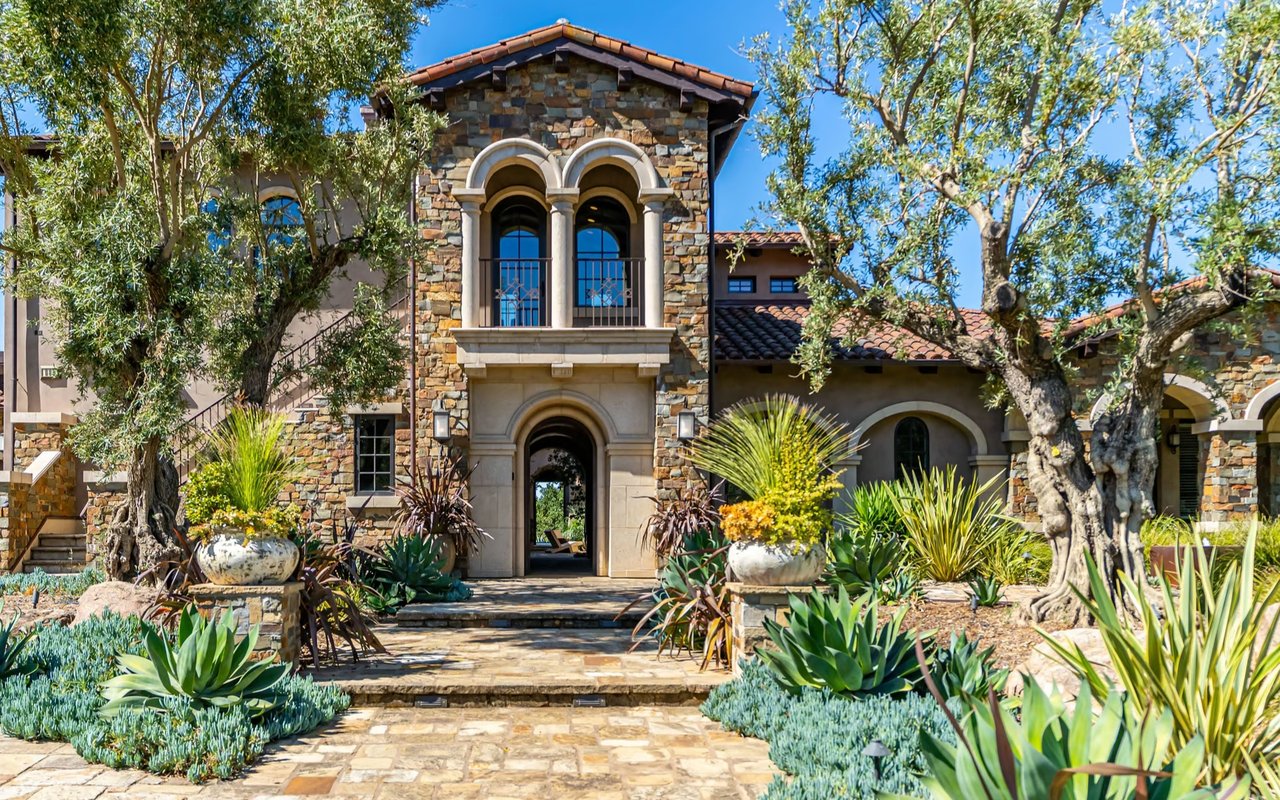Napa Valley, renowned for its breathtaking vineyards, rolling hills, and luxurious lifestyle, offers a unique setting for building a home. With its blend of rural charm and modern conveniences, this California gem presents opportunities to create a property that mirrors the region’s beauty and elegance. For those planning to build a house in Napa Valley, understanding the area’s zoning regulations, environmental considerations, and community characteristics is essential.
Embracing the Napa Valley Lifestyle
Navigating Local Regulations
Prospective builders must also consider the Napa County Conservation Regulations, which govern construction on hillsides, near watercourses, and in areas prone to erosion. Special permits may be required for projects impacting sensitive habitats or located within designated agricultural preservation zones. Consulting with local planning officials or hiring an experienced land-use consultant can streamline the approval process and ensure compliance with all regulations.
Environmental Considerations
Wildfire safety is another critical consideration. Like much of California, Napa Valley is susceptible to wildfires, so adhering to fire-safe building standards is essential. Materials such as fire-resistant roofing and siding, as well as defensible space planning around the home, can enhance safety and protect the property.
Designing for Wine Country Living
Outdoor living areas are a hallmark of Napa Valley homes. Expansive patios, pergolas draped with grapevines, and infinity pools overlooking vineyards are common features. Fire pits, outdoor kitchens, and covered verandas allow residents to enjoy the region’s mild weather year-round. Landscaping often integrates native plants and vineyard-inspired designs, enhancing the property’s connection to its surroundings.
Wine storage is another consideration unique to this region. Many homeowners opt to include custom wine cellars or temperature-controlled tasting rooms in their designs. These spaces are not only functional but also serve as a reflection of the area’s rich winemaking heritage.
Selecting the Perfect Location
Proximity to amenities such as schools, healthcare facilities, and transportation hubs is another factor to consider. For commuters, the valley’s location provides convenient access to the Bay Area, while regional airports like Napa County Airport offer additional travel options.
The Cost of Building in Napa Valley
Securing a lot is often the first expense, with land prices varying widely depending on proximity to vineyards, views, and accessibility. Once the land is purchased, additional costs may include site preparation, permitting, and utility hookups. Homeowners should also budget for landscaping and outdoor features, as these elements are integral to the overall aesthetic and value of a Napa Valley property.
Working with Local Experts
Real estate agents specializing in Napa Valley can also provide valuable insight into the local market, helping buyers find the ideal property for their dream home. From negotiating land purchases to understanding neighborhood dynamics, these experts play a vital role in the home-building process.





